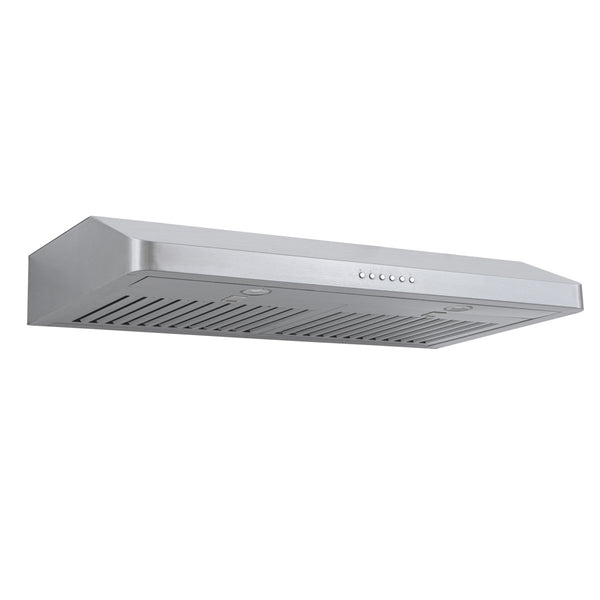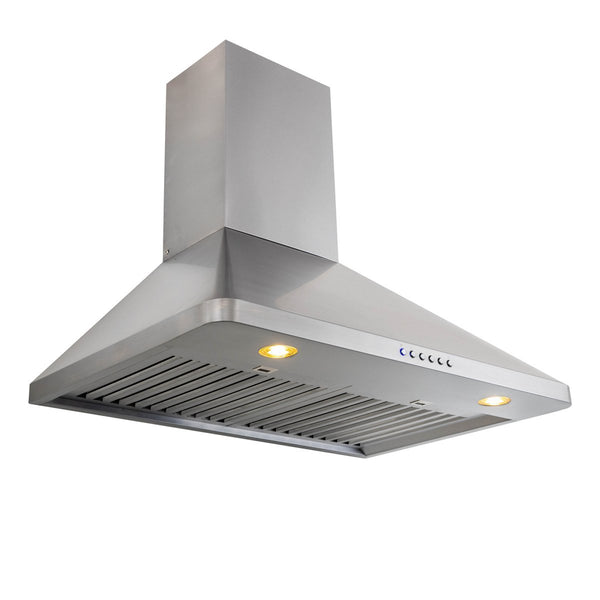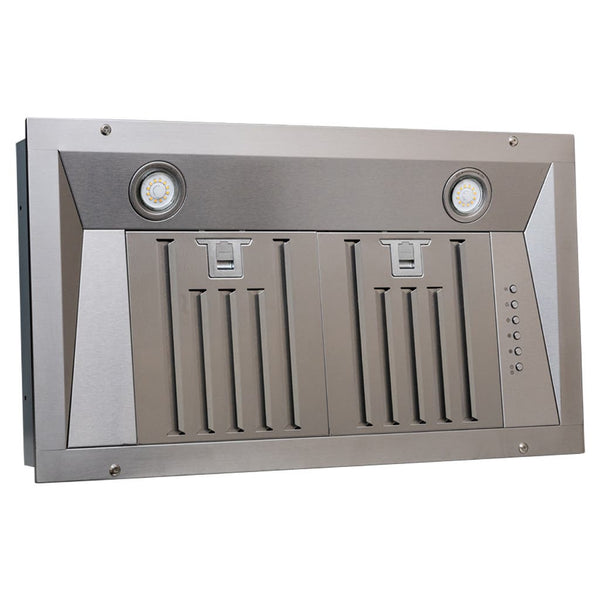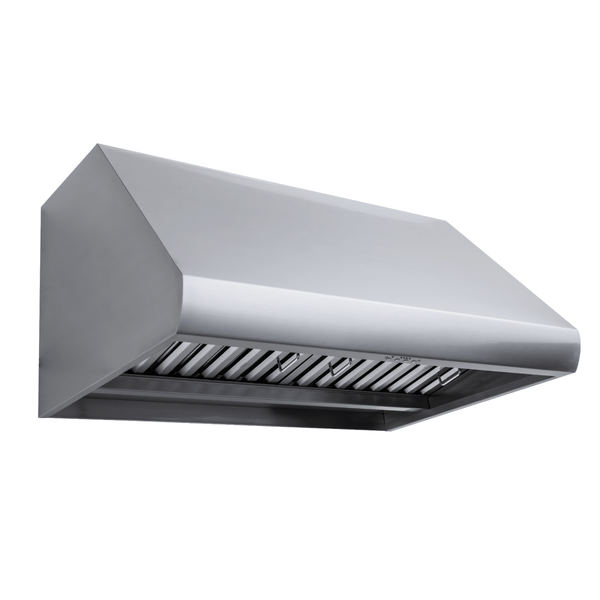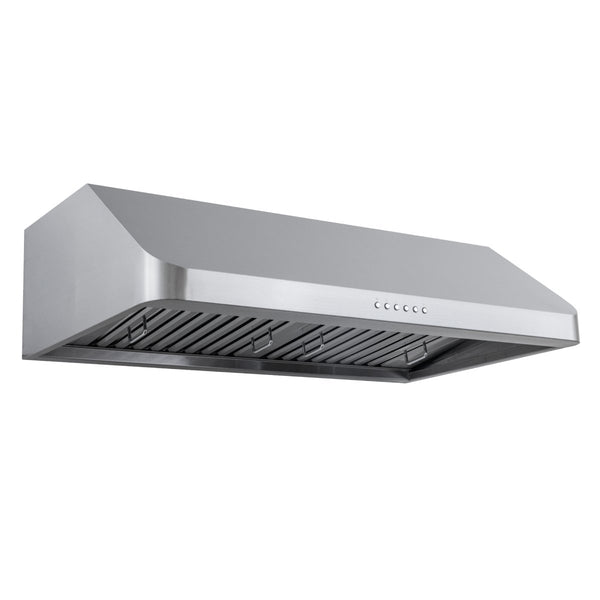If your microwave has a stainless steel mesh filter, soak it in hot water and dish soap to eliminate the tough grease and grime. If your microwave has charcoal filters they should be replaced every four to six months depending on your cooking style.
Microwaves are one of the most essential kitchen appliances today. Whether you need to simply heat up some tea, warm up your leftovers, thaw out meat for dinner, or cook your dinner, it has seemingly endless practical uses.
Microwaves with fans that recirculate your kitchen air may include charcoal filters
Since microwaves are used so often in homes, it’s important to maintain them properly. The more you cook, the more grease, dirt, chemicals, and other contaminants will recirculate through your microwave and outside your home.
The only thing “cleaning” your kitchen air is possibly a charcoal filter. So, if your charcoal filter is caked with grease, or if you don’t have one, it’s not cleaning your kitchen air at all. The contaminants in the air stay there and simply recirculate back into your home.
It’s vital to keep your microwave filters fresh and as clean as you can.
Microwave Charcoal Filters
Simply replace these every six months, for the average cook. If you cook a lot or enjoy cooking Asian food, check your microwave filters every three months. If you cook rarely, you can probably go seven or eight months without cleaning your microwave charcoal filters.
Microwave Mesh Filters
What You Need
- Dish soap
- New charcoal filters (for replacement)
- Screwdriver
1. Remove the filters from your microwave.
Removing the filters should be pretty self-explanatory; look for screws on the filters or clips on the microwave itself and detach them from your microwave.
If you need a screwdriver, try this best seller from Amazon.
2. Fill sink or medium-sized container with water and add dish soap (depending on the size of your filter).
A popular technique is to soak half of your filter in the sink first. Just set it vertically in the water, let it soak, and then rotate to the other side and soak again.
Purchase your dish soap from Amazon here.
3. Let the microwave filter sit for about 10 minutes.
10 minutes isn’t a requirement; depending on how dirty your filter is, you may need more or less time. It will never hurt to leave your filters in for a few more minutes, but if the water and soap become too dirty, consider draining it and refilling your sink.
4. Rotate the filter and repeat step 3. If you soaked your entire filter, rinse it off with water.
After the filter soaks for several minutes, you’ll still have some soapy residue on the surface of the filter. You don’t want soap anywhere near food, so make sure that you rinse the filter completely.
5. Dry the microwave filter thoroughly.
This is another safety step; you don’t want to accidentally drip water into any electrical parts of your microwave or stove while reinserting your microwave filters.
6. Insert the microwave filter back into your microwave.
That’s it! You’re done. Now you can move on to the rest of your house.

Consider replacing your over-the-range microwave with a range hood.
If you are planning a kitchen remodel, consider replacing your microwave with a range hood. A range hood is much more durable, powerful, and attractive. Invest in one from Proline and it will last you for years to come. We have a wide selection of wall hoods, island hoods, inserts, under cabinet hoods, and many more. Buy yours below.

What type of microwave filters are there?
The two most common types of microwave filters are charcoal filters and stainless steel or aluminum mesh filters. Sometimes, the two are combined as well, with the steel filter catching the larger particles of grease and dirt and then the charcoal filter cleaning the air even more before it is recirculated back into your kitchen.
Do microwaves have a filter?
Only microwaves with a fan that recirculates air back to your kitchen have filters.
Can you wash microwave filters?
You can wash stainless steel or aluminum mesh filters. These filters require cleaning about every three months. If you cook a lot, you can inspect the filter every four to six weeks to make sure that your air is being cleaned properly.
Charcoal filters sit inside the microwave. They do not require cleaning; instead, replace these every six months. Six months may not be the best time for everyone, it is a guideline so be mindful of your cooking habits and adjust as necessary.
Here's an example of what you may be looking for from Amazon. But be aware that the type of filter will vary depending on the brand of your microwave.
How do I clean my microwave?
If you’re cleaning your microwave filter, you might be looking to clean your microwave as well. It wouldn’t be a bad idea, after all. It can be difficult to get into a routine where you clean your microwave every day, or even every week. Tough grease and stains will inevitably accumulate; luckily, you don’t need to struggle to get rid of them.
Let the microwave do the work for you. Simply place a bowl of vinegar or ammonia (1 cup) into the microwave and heat it up for three to four minutes. You can also dilute the vinegar or ammonia with water. For tough stains, use a stronger vinegar solution – if you don’t need a deep clean, dilute the vinegar heavily with water. You can also heat the vinegar for longer to tackle the toughest of stains.
Want to make your kitchen cleaning routine a breeze? Click here for our top degreaser picks.
Do I need to clean my filters?
Yes, a clean filter means a functioning microwave that filters your kitchen air. On the other hand, with a dirty filter, you may as well not run your fan at all, since your kitchen air will not become clean.
Charcoal filters aren’t meant to be cleaned, but your microwave mesh filters can be washed in your sink every few months. This time frame isn’t ideal for everyone, so just make sure to keep an eye on your microwave filters every month.
Can I clean my microwave filters in the dishwasher?
Check with your manufacturer or find the manual to make sure that your filters are dishwasher-safe. If you can’t find this information, just hand wash the filters to be safe or wash them in the dishwasher without detergent.
If you have found any of our blog content helpful in any way, please leave us a review on Yelp or Google. It only takes 10 seconds!
As an Amazon Associate, we earn from qualifying purchases.
